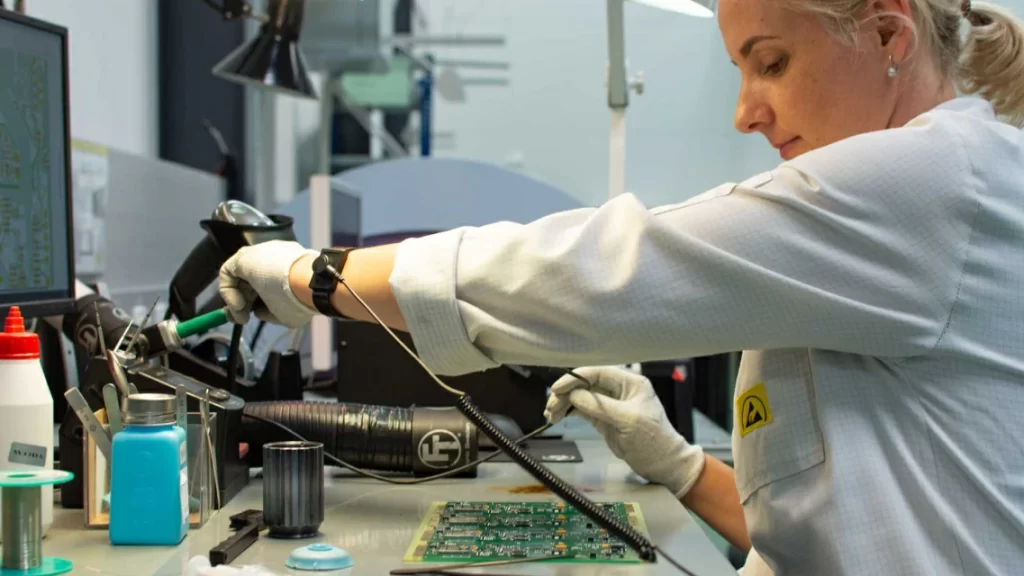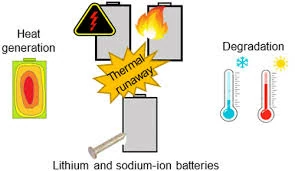Dynamic test verification Dynamic testing and verification refers to the process of verifying the protective performance of the battery packaging by simulating the external force such as vibration, shock and drop that the battery may encounter during transportation, storage and actual use. Through a series of dynamic tests, to ensure that the battery packaging has sufficient shock resistance, impact resistance…









